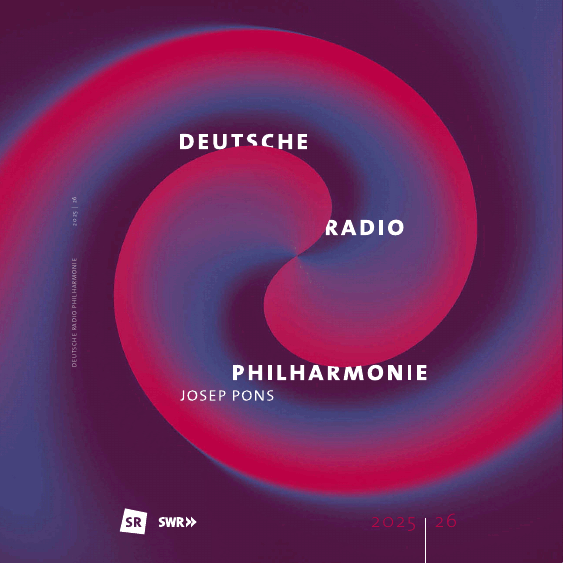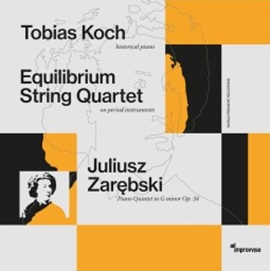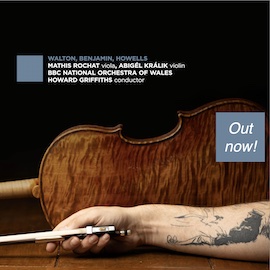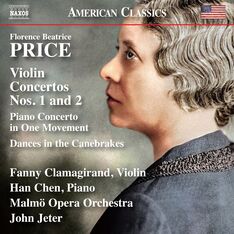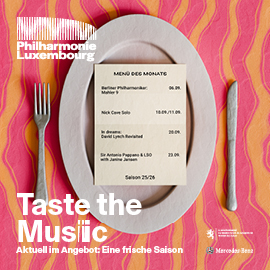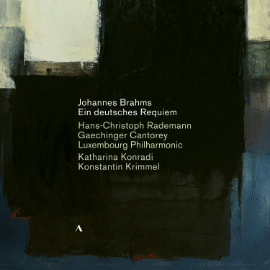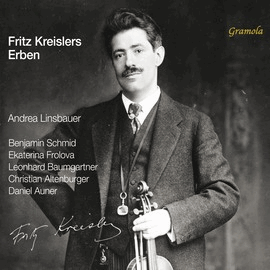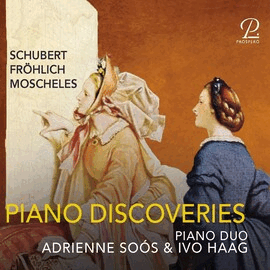Als ich mir vor zwei Jahren die Violinkonzerte von Florence Price mit Randall Goosby und dem Philadelphia Orchestra unter Yannick Nézet-Seguin anhörte, war ich ganz begeistert. Die beiden Konzerte, das erste von 1939, das zweite von 1952, sind in der Tat ganz wunderbare Werke, die ich nun mit Freude wiederentdecke. Und gleich im ersten Satz fällt mir auf, wie natürlich John Jeter die Musik fließen lässt.
Wo Nézet-Séguin mit kleinen Pausen und Akzentuierungen arbeitet, um die Rhetorik zu stärken, lässt Jeter die Musik einfach fließen, und dadurch wird sie kohärenter und noch beeindruckender in ihrem blumigen und leicht tänzerischen Charme. Dabei tauchen der Dirigent und die Solistin tief in die Musik ein und lassen sie sehr bewegend werden. Der Satz endet mit einem klanglichen Feuerwerk, das Fanny Clamagirand die Gelegenheit gibt, virtuos zu glänzen.
Der virtuose dritte Satz wird von Clamagirand und Jeter schwungvoll aber auch bedeutsam interpretiert.
John Jeter nimmt sich zusammen mit der Solistin etwas mehr Zeit für das Zweite Konzert als Goosby und Nézet-Seguin, und das bekommt dem Werk ganz gut. Es werden hier Details deutlich, die in der anderen Einspielung nicht so auffielen.
Die Partitur des Klavierkonzerts war lange Zeit verschollen. Der Komponist Drew Weston erhielt in den 2010-er Jahren den Auftrag, die Musik aus einer Handvoll Orchesterstimmen und einer Probenreduktion für zwei Klaviere zu rekonstruieren. Diese Konzeption des Stücks war alles, was es bis 2018 gab, als das Originalmanuskript auftauchte. Damit konnte das Publikum das Klavierkonzert in seiner ursprünglichen Form hören.
Das spätromantische, streckenweise sehr lyrische oder auch sehr virtuose und leidenschaftliche Konzert trägt zwar im Titel die Angabe ‘in one movement’, aber es klar in drei Teile gegliedert, wovon der letzte sich dem Hörer durch einen lebhaften Tanzrhythmus einprägt, einem Juba, eine afrikanische Tanzform, die mit dem Rag verwandt ist. Die tadellose Interpretation lässt das Konzert in seiner vollen Größe erstehen.
Dances in the Canebrakes, ursprünglich für Soloklavier geschrieben und später von William Grant Still (1895-1978) orchestriert, ist eine kurze Folge von drei Stücken, die das afroamerikanische Leben im 19. Jahrhundert beschreiben.
When I listened to Florence Price’s violin concertos with Randall Goosby and the Philadelphia Orchestra under Yannick Nézet-Seguin two years ago, I was thrilled. The two concertos, the first from 1939, the second from 1952, are indeed wonderful works that I am now rediscovering with pleasure. And right from the first movement, I notice how naturally John Jeter lets the music flow. Where Nézet-Séguin works with small pauses and accentuations to strengthen the rhetoric, Jeter simply lets the music flow, making it more coherent and even more impressive in its flowery and slightly dance-like charm. The conductor and the soloist immerse themselves deeply in the music and make it very moving. The movement ends with tonal fireworks, giving Fanny Clamagirand the opportunity to shine with virtuosity.
The virtuoso third movement is interpreted by Clamagirand and Jeter in a lively but also meaningful way.
John Jeter, together with the soloist, takes a little more time for the Second Concerto than Goosby and Nézet-Seguin, and this suits the work quite well. Details become clear here that were not so noticeable in the other recording.
The score of the piano concerto was lost for a long time. In the 2010s, the composer Drew Weston was commissioned to reconstruct the music from a handful of orchestral parts and a rehearsal reduction for two pianos. This conception of the piece was all that existed until 2018, when the original manuscript emerged. This allowed the audience to hear the piano concerto in its original form.
The late-romantic, at times very lyrical and at others very virtuosic and passionate concerto may bear the words ‘in one movement’ in its title, but it is clearly divided into three parts, the last of which impresses itself on the listener with a lively dance rhythm, a juba, an African dance form related to the rag. The impeccable interpretation allows the concerto to emerge in its full grandeur.
Dances in the Canebrakes, originally written for solo piano and later orchestrated by William Grant Still (1895-1978), is a short sequence of three pieces describing African-American life in the 19th century.



